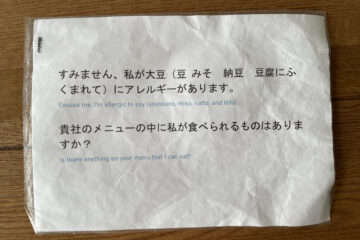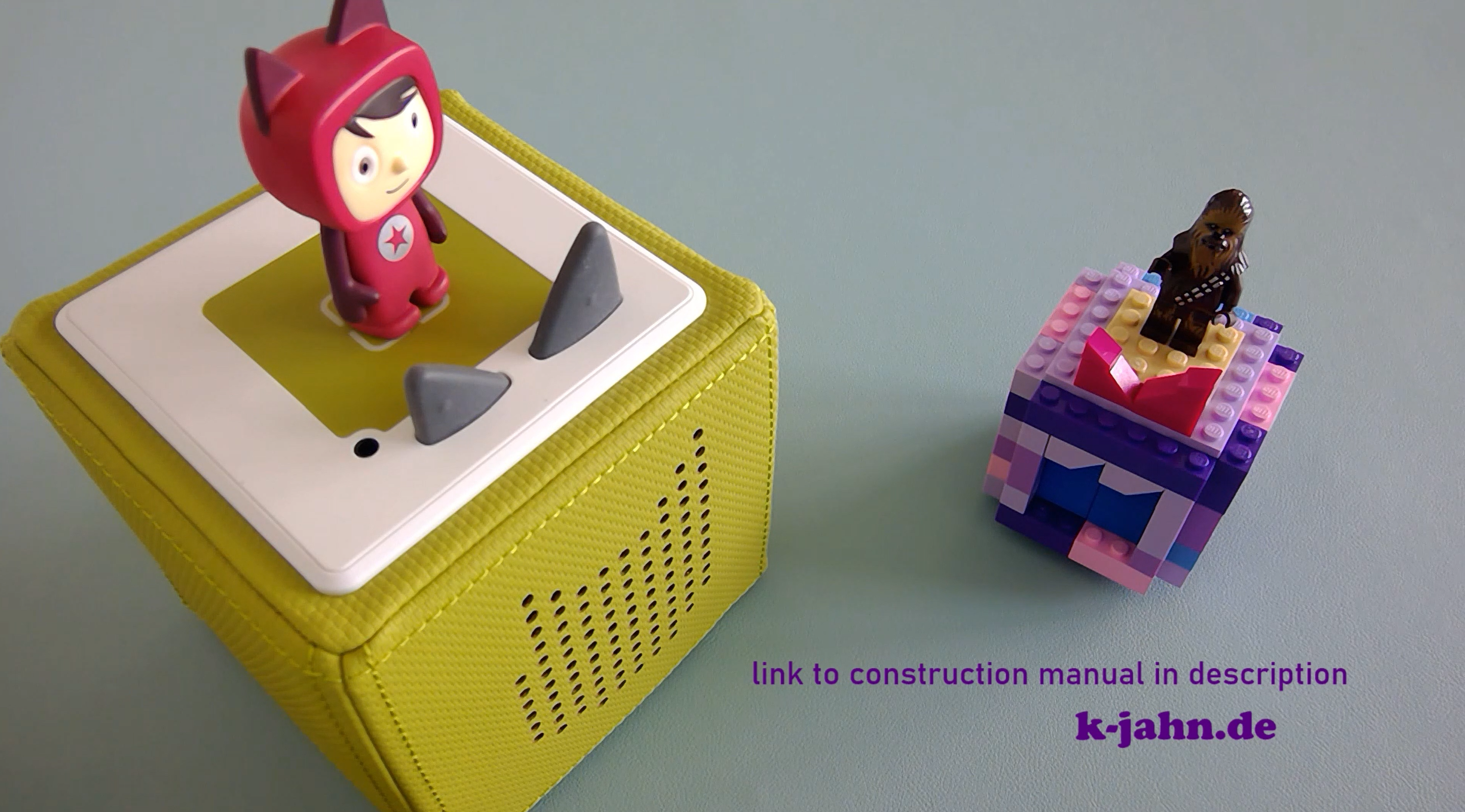We live in a world of digital full service agencies and companies that deliver the full brand experience, from a complex technical backend to a fancy frontend. This requires specialists of opposing fields with very contradicting backgrounds to closely collaborate in order to achieve great goals.
Impressive success stories of cross functional teams, where UX designers and software engineers cooperate happily are widely spread [3, 4]. Just as descriptions on how to organize this way [1, 2]. However, these success stories rather document the exception. Truth is that most agencies are struggling with this organization of team collaboration. In order to understand this problem, let’s have a look where the two professions came from.
You can’t make an omelette without breaking a few eggs
Traditionally, digital projects were delivered somehow like this (very nice described in [1])… The UX designers directly collaborate with the customer. They create nice designs and concepts of the system to be realized. After some negotiations the customer approves it and both, customer and UX designers are happy and celebrate the successful project in a bar. The next day, the UX designers, a little hung-over, give the concepts and plans to the software engineers in order to start the realization. But those then have to play the party pooper and tell that the project is not realizable according to the plan, for a variety of reasons they are happy to explain. But the concept workers don’t want them to explain why this is not realizable: “Just make it happen!”
The developers are being blamed for their concerns. And even more so, a delay or project failure is often declared their fault.
In this little story, the UX designers are having lots of fun. Which is nice. However, the software engineers are bad guys, twice. Which is terrible. Especially as they are not doing anything wrong. They explain that the plan is not realizable, as early as they get to lay hands on it. And then they still try to solve the difficult situation, which leads to a delay and they are blamed for that.
The UX designers have the privilege for being the responsible people for customer collaboration and conceptual work, which they do not share with the software engineers. Not necessarily because they are not willing to, it’s more like a bad habit that is difficult to get rid of. Instead people kept and still keep working this way, often bringing up silly excuses to maintain or justify this approach.
Necessity is the mother of invention
Eventually the software engineers were fed up with this situation and came up with the agile manifesto. It basically emphasizes the importance of direct collaboration. This was a major shift as it requested the UX designers to closely cooperate with the software engineers. The manifesto can be understood as the developers’ declaration of equality, with the goal to get rid of privileges.
However, this raised one problem: If one party’s power increases, another party’s power decreases. And no one likes to let go of power. That is where the tensions are coming from, creating problems in an agency’s work life.
In an ideal world, these problems can be easily sorted out. The UX designers can understand that successful projects can only be delivered in close collaboration with the software engineers. They approach each other with respect and each benefits from the cooperation. Usually following a modern approach [1, 2, 3], often with young professionals, who grew into these modern mind sets and are eager to cooperate [4].
Birds of a feather flock together
The reality for most agencies however this is a bit different. Changing into new processes is always painful. And in this case natural behaviour doesn’t make things easier. People group with similar ones, those that learned, know about and/or are interested in the same things. Approaching something different is difficult. It’s not easy to get out of your comfort zone.
The complexity increases through the battle of power structures. Software engineers need more power in order to deliver successful projects. But to make this happen, UX designers have to share the power they have been granted by tradition. And sharing power is never easy, for no one. History is packed with examples about that. The key here is, like always, communication and a shared goal.
You can’t teach an old dog new tricks
Doing something new, or something you know in a new way, requires you to leave your comfort zone. Which all of us have our difficulties to do. This can be simplified though. A goal you want to achieve can release unexpected powers and unite the people.
Here’s the thing: Exciting digital projects are hardly feasible through the traditional structure. Once you’ve reached that awareness, you have your goal. Being open to new ways of collaboration then is a small step, but gaining that awareness is a giant leap.
People have to reflect on what happened in the past. Only honest and objective retrospectives enable an understanding of the real problems that occurred. Willingness to change requires extensive understanding.
Another important understanding deals with the “new” way of project work and how this collaboration could work. This is a matter of educating people, really. Crucial is that not one side is superior to the other one, but both parties have to learn about the new way. Together.
The communication is a vital aspect here. It is essential to meet with each other on an equal footing. At the end of the day it’s all about team work, and not about taking something off of someone. This sounds very simple, but is very difficult. We’re only human and easily show a temper. Which is the reason why a form of counselling is recommended in such a transformation.
We must learn to walk before we can run
It is crucial for every organization to understand that changing to a cross-functional team with UX designers and software engineers is a sensitive process to go through. Transitioning from traditional project delivery to agile experience design & development is nothing to be taken easy. The whole organization has to learn and stop doing what they’ve been doing before, making the people leave your comfort zone. It takes courage and energy, but once you dare to do that, you’ll be able to approach higher goals and deal with the real cool projects.
The morale of the story is: You’re not alone. Everyone has their problems with the team collaboration. Obviously not all to the same extend, but during my research I have not met a single one that works flawless. That’s life. Most, however, don’t dare to admit their vulnerability. Which is fine, if the problem is still addressed internally.
Reading List
[1] Lindsay Ratcliffe and Marc McNeill (2011). Agile Experience Design: A Digital Designerʼs Guide to Agile, Lean, and Continuous (Voices That Matter). New Riders.
[2] Jeff Gothelf and Josh Seiden (2013). Lean UX: Applying Lean Principles to Improve User Experience. OʼReilly Media.
[3] Henrik Kniberg and Andres Ivarsson (2012). Scaling Agile at Spotify with tribes, squads, chapters and guilds. URL: http://ucvox.files.wordpress.com/2012/11/113617905-scaling-agile-spotify-11.pdf
[4] Page – Das Magazin der Kreativbranche (2014), Ausgabe 06/2014. German. URL: http://www.page-online.de/heft/einzelheft/2014/6



0 Comments